The 10th BJIFF
French Film Master’s Works to be Screened at BJIFF
This year marks the 100th birthday of one of France’s greatest directors Eric Rohmer. The Beijing Film Panorama at this year’s Beijing International Film Festival also launches “The Films of ?ric Rohmer”, a section to present the filmmaking career of this seminal figure in French New Wave.
As Bazin’s successor, Rohmer has been the editor-in-chief of the Cahiers du Cinema since 1958. At that time, his counterparts such as Godard, Truffaut, Chabrol and Rivette all successively finished their maiden works and rose to fame in the film industry. It was not until in 1962 that Rohmer completed Le Signe du lion. In 1969, his breakthrough film My Night at Maud’s was Oscar-nominated and established his fame as a great director around the world. From then on, his franchise of Six Moral Tales captured more attention.
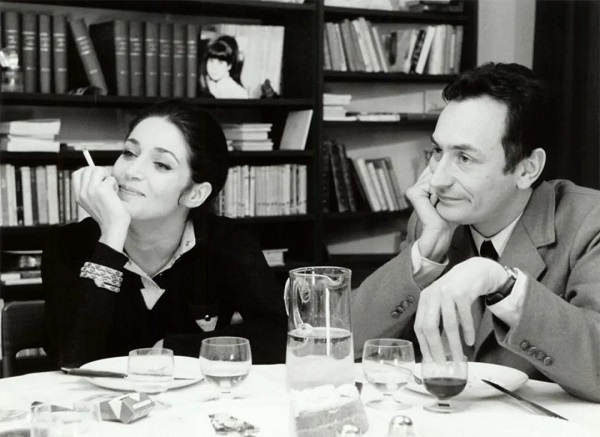
Afterwards, Rohmer embarked on two film franchises: the Comedies and Proverbs and Tales of the Four Seasons. He shot these two films within three years. He often cooperated with the same film crew members and others called this team “Compaigne Eric Rohmer”. With his keen observation of the details in life and his unique film language, Rohmer is doomed to go down in history of film and has influenced Wong Kar-Wai and other film masters.
In the Beijing Film Panorama last year, Rohmer’s two masterpieces Le Signe du lion and Pauline at the Beach were screened in “New Wave Echos”. This year, Rohmer’s six classic works will be screened in “The Films of ?ric Rohmer”, four of which are from his Six Moral Tales franchise, namely La Collectionneuse, My Night at Maud’s, Claire’s Knee and Love in the Afternoon; another two movies are The Green Ray, a famous work from Comedies and Proverb franchise, and Four Adventures of Reinette and Mirabelle, a film that is divided into four episodes.
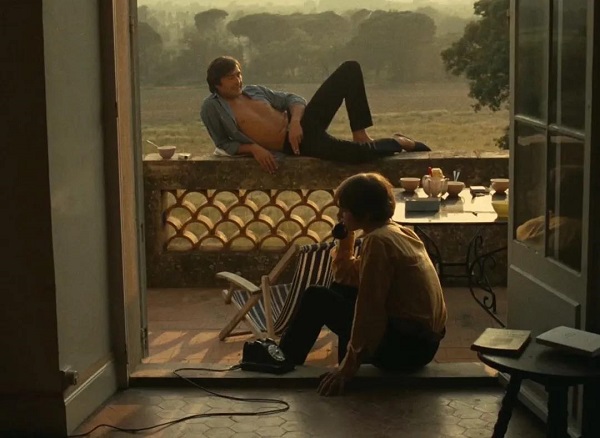
Although it seems that these movies are randomly selected and fail to match a certain theme, the hidden implication can still be perceived. The so-called “Compaigne Eric Rohmer” hadn’t been established ahead of the movie My Night at Maud’s. This why the leading actors and actresses in La Collectionneuse and My Night at Maud’s no longer appeared in Rohmer’s movies.
However, I seem to jump to the conclusion that those playing the leading roles in the two movies never appeared in Rohmer’s later works. In Love in the Afternoon, the final movie in Rohmer’s Six Moral Tales franchise, the leading actress starred in Rohmer’s previous films all participated in the shooting. For example, the two girls in Claire’s Knee, where Claire played by Laurence de Monaghan, Laura played by Béatrice Romand. In addition, Aurora Cornu, who played Laura's mother, Mude (Fran?oise Fabian), and Fran?oise (Marie-Christine Barrault) in My Night at Maud’s all appeared Rohmer’s later works.
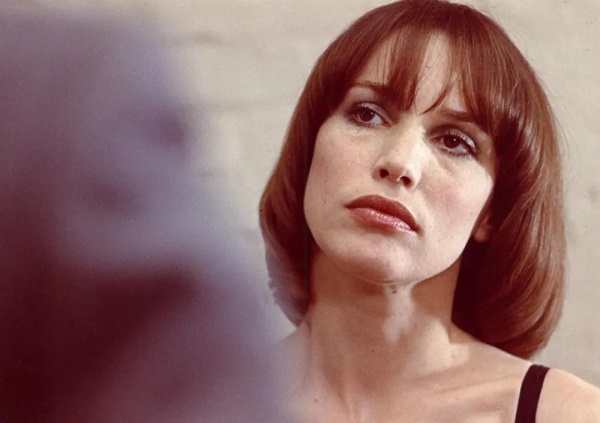
In fact, Rohmer, who had done research on films of Alfred Hitchcock (Rohmer and Claude Chabrol wrote Hitchcock, first of its kind in France), used his Six Moral Tales franchise to put their research achievements into practice: a love-triangle relationship. When one person has emotional attachment between two people and can’t decide to choose who he or she will fall for, thus creating a dramatic effect, the figure usually chooses the original goal in the end. Therefore, even though Jean-Louis chats with Maude overnight, he finally returns to Fran?oise. After Jerome (we know, this name is known for being knowledgeable in the Bible, St. Jerome) finally caresses Claire’s knee as he wishes, he still has to get married with someone else. Even if Frederic becomes angry after his escape, he at last returns to his wife and children.
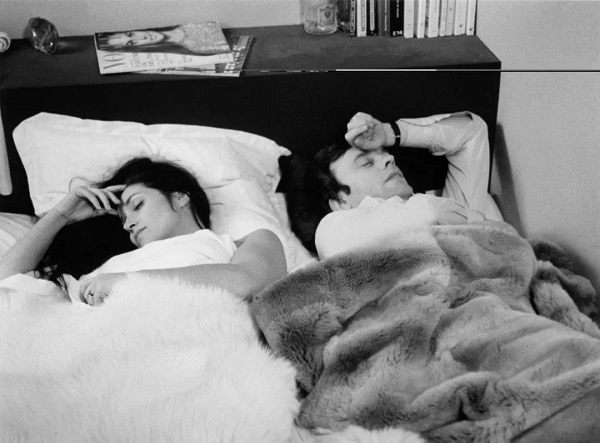
However, Love in the Afternoon started another journey. It is said that the heroine of The Green Ray, Marie Rivière, wrote a letter to Rohmer after she watched the film Love in the Afternoon to express her admiration and respect. Since then, she started with the small role in Parsifal, later played an important character in Catherine de Heilbronn and finally was selected as the leading actress in The Aviator’s Wife (although her spotlight in the film was stolen a lot by the fascinated female student Anne-Laure Meury). Marie Rivière gradually became the darling of Rohmer’s films.
Marie Rivière, who gave an impressive performance and created such a classic character in the film, contributed a lot to her own success; the film The Green Ray is like a gift given away by Rohmer to her. Marie also got involved in the creation of the film. She included her own feelings as part of her performance and dedicated herself to the film. She even brought her family to participate in the film. However, this is also an excellent example of Rohmer’s “method acting”.
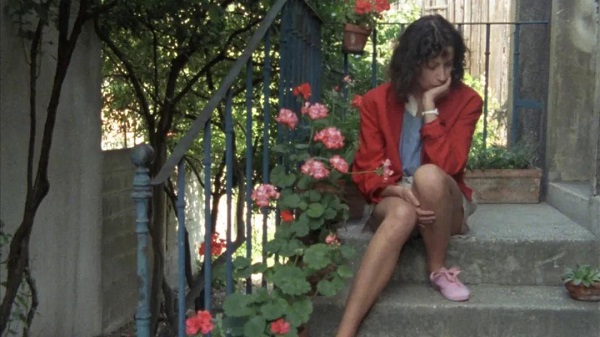
As everyone knows, Rohmer often asked her heroines out. During one or two hours of chatting every day, Rohmer recorded their various preferences, behaviors, and personalities, and finally used this information to created tailor-made scripts for these women. Such an approach can be considered a “documentary-like” style. Because of this, the film The Green Ray that left lots of room for Marie Rivière to act freely set an example of using such a shooting method. Therefore, it is reasonable that the movie has become Rohmer’s most famous work.
Acting with this method, the same actor naturally can create a very distinctive image for the role. For example, Marie Rivière always played irresolute characters. However, there was another actress who was often indecisive. She is Béatrice Romand, who played Laura in Claire’s Knee and cooperated with Rohmer for 30 years. She became a member of the “Compaigne Eric Rohmer” earlier than Marie, and we can even say she was the first actress to regularly play a character in Rohmer’s works.
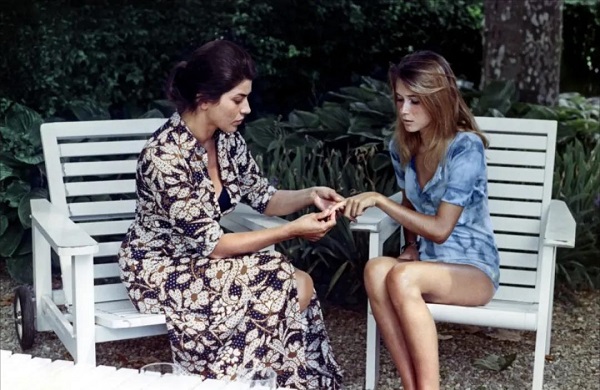
However, Marie’s indecisiveness often carry a strong elegance. She was born beautiful and her indecisiveness fascinated the audiences, which has already shown in The Aviator’s Wife. But in The Green Ray, several years later, she was hesitant about making final choices due to her indecisiveness which may be a reason for her loneliness; as for Béatrice, her indecisiveness seems to be caused by her lack of confidence, which was originally shown in Claire’s Knee, was more apparent in A Good Marriage, and finally reached the climax in A Tale of Autumn. This is also because Rohmer always pair her, who always has curly fluffy hair, with a blonde beauty to act together in a movie, such as Claire, Clarice (Arielle Dombasle, who always played a merciless beauty in Rohmer’s films) and Marie.
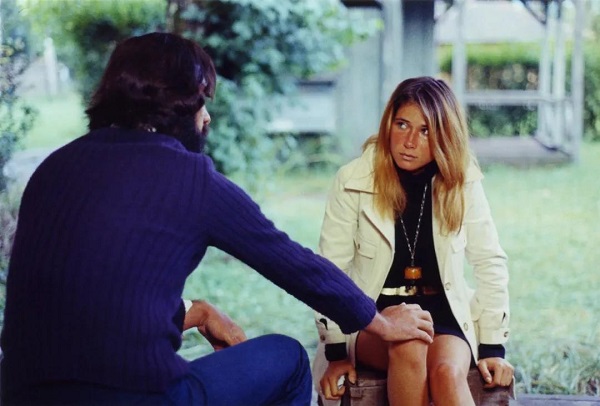
However, Rohmer probably also noticed that the performance of a dialogue between Béatrice, who played a friend of Marie in The Green Ray, and Marie was so impressive. This is a sort of interaction only existing between old friends and their emotions generated naturally in their performance. Béatrice goaded Marie into action and encouraged her to bravely pursue her love. But after this ten minutes’ talk, the strong Marie cried. Later, Béatrice and Marie both played a character in Four Adventures of Reinette and Mirabelle.
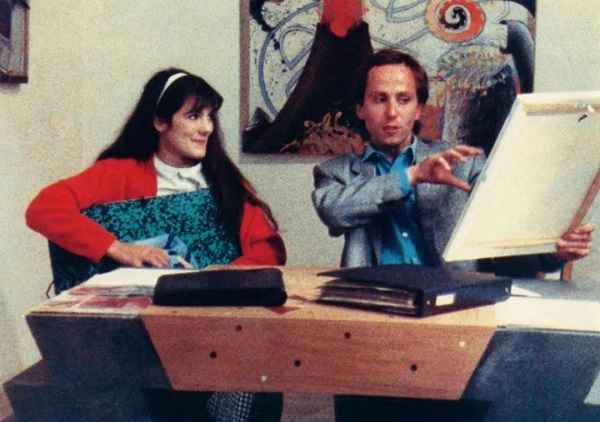
It is often said that Rohmer’s “franchise” can be divided into a large franchise and a small franchise. This Four Adventures of Reinette and Mirabelle or Rendez-vous in Paris produced in 1995 are the most typical examples. Both of the two films consist of some episodes (the former has four episodes and the latter has three), with a subtitle for each episode. Different from these, Reinette and contentious Mirabelle played a key role in the whole movie of Four Adventures of Reinette and Mirabelle or Rendez-vous, but the film Rendez-vous in Paris are made up of three episodes with completely different characters.
In short, Béatrice and Marie respectively played a role in one episode of the Four Adventures of Reinette and Mirabelle. The character played by Béatrice is not eye-catching. In the store, she keeps a close eye on a female thief and finally catches the thief with her colleague. Marie’s role is more interesting, which runs counter to her previous elegance. Using the excuse of not having changes to buy a ticket, she asks for the ticket money from several kind passengers at the station. When her trick is exposed by Reinette, she bursts into tears to win sympathy, and it works!
It is really like a joke that Rohmer made to the audiences.
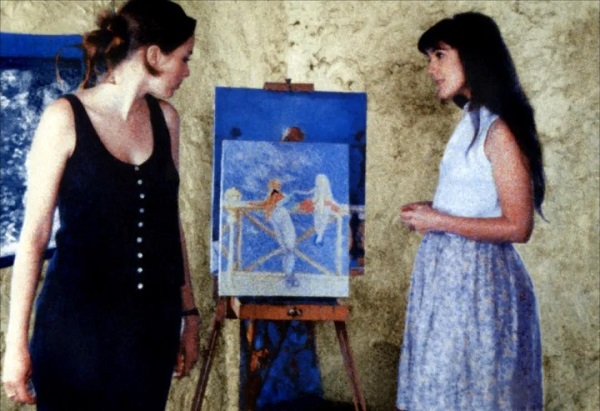
However, even though this kind of character-focused (biographic) collaboration with actresses later made Rohmer be one of the directors who are “best at filming women”. But in the movie La Collectionneuse, the men who think they gain extra advantages but in fact are set up by Haydée (Haydée Politoff, who also appeared in the street corner in the film Love in the Afternoon). Rohmer implied that “men can’t completely understand women”. This may reveal Rohmer's inner thoughts.
Perhaps because of this, Béatrice and Marie could play a role in Rohmer’s works for many times, even if they sometimes simply played an insignificant role; but it can be found that some inner traits of an actress may not be fully demonstrated through two or three films. Rohmer possibly indirectly voices his inner thought: “I don't understand women!”

